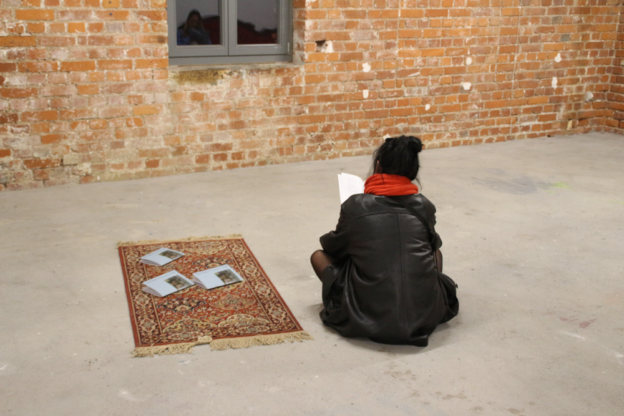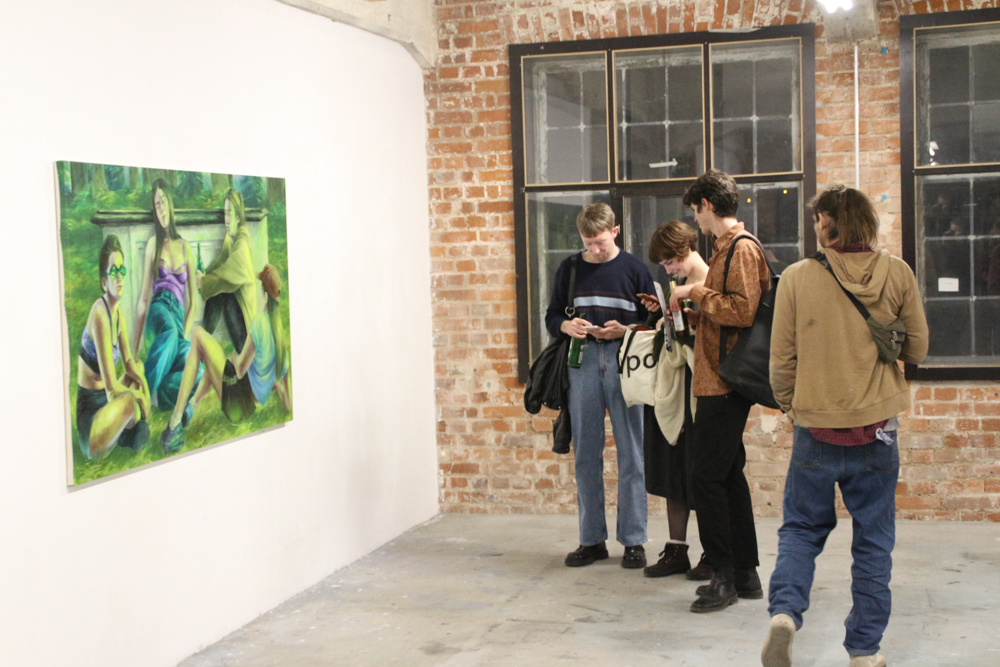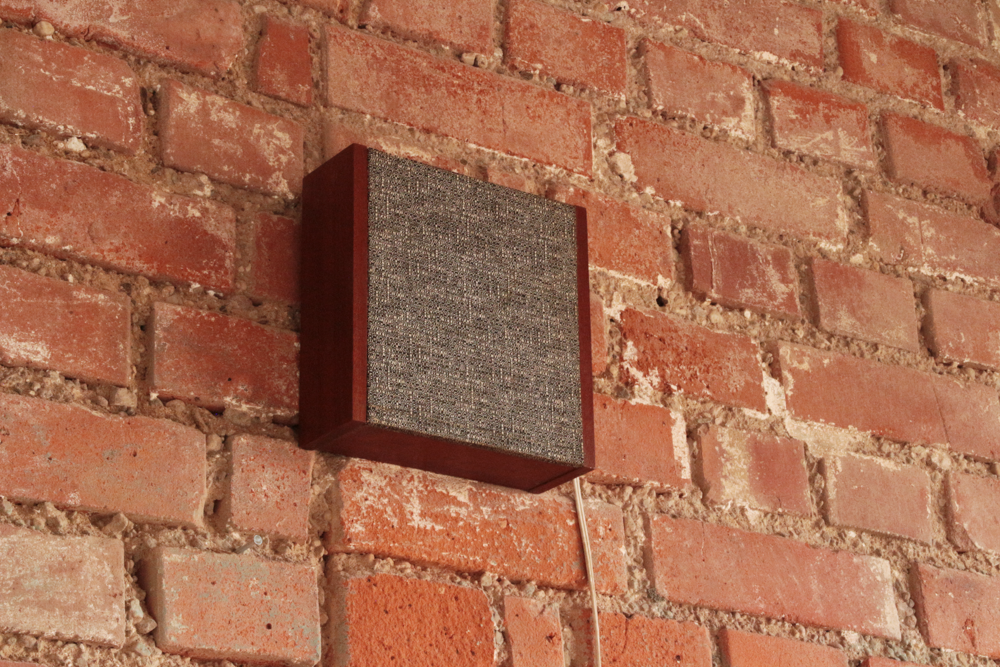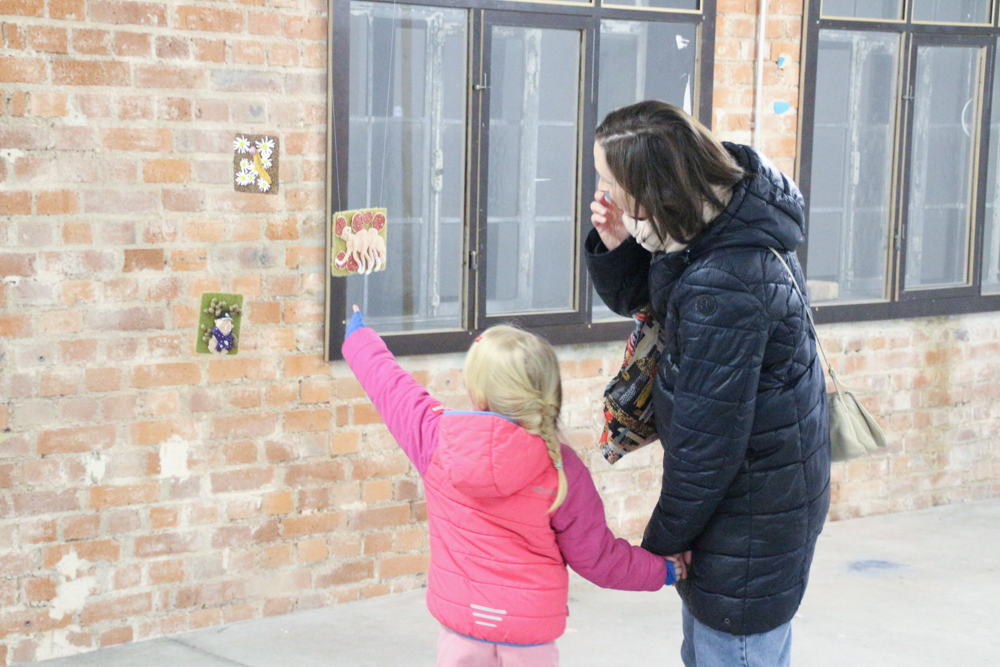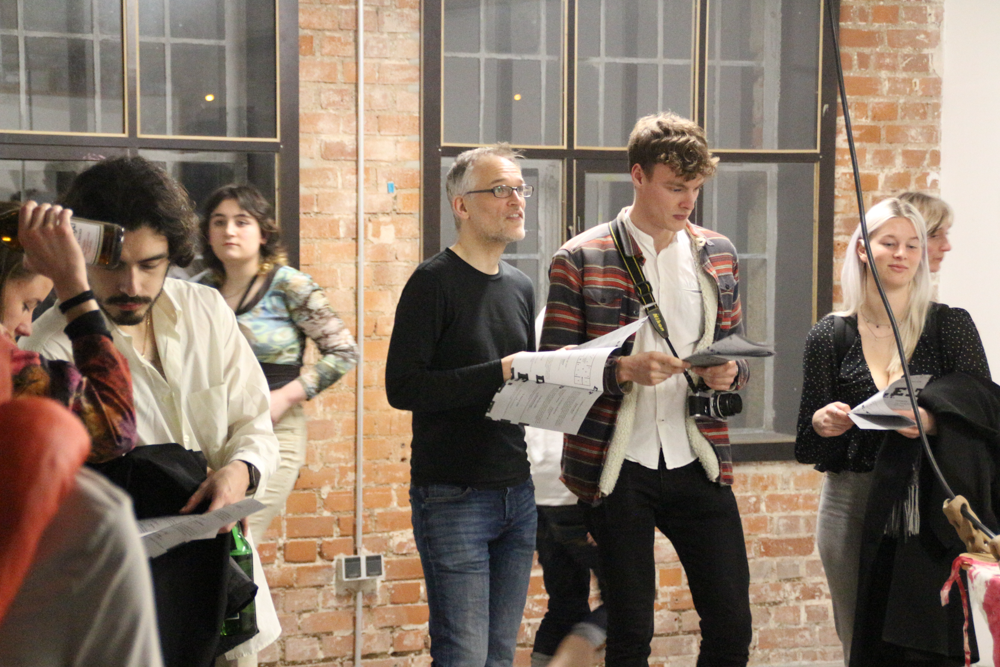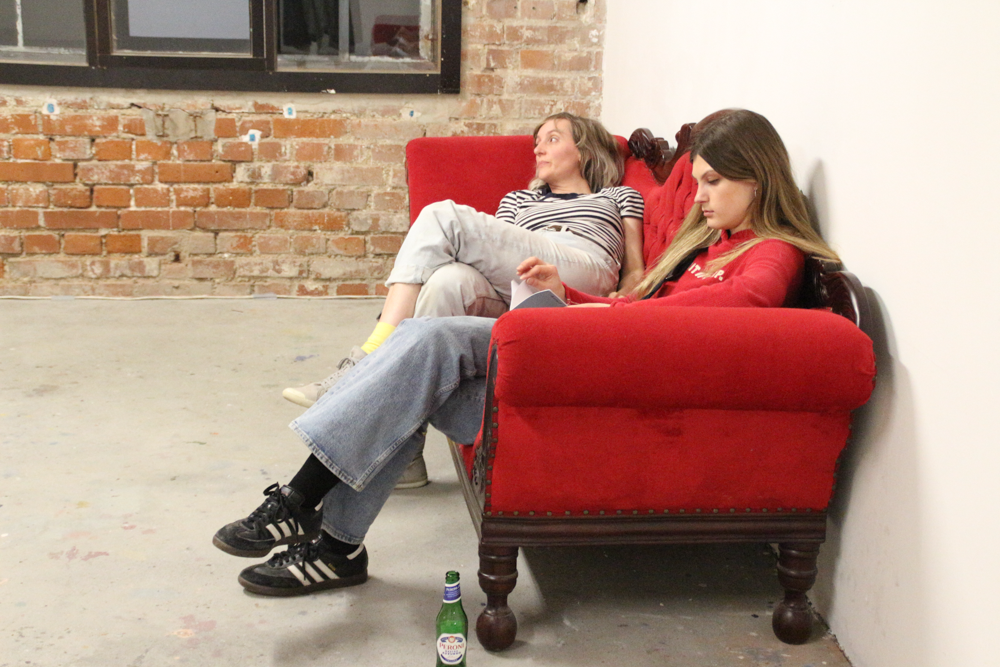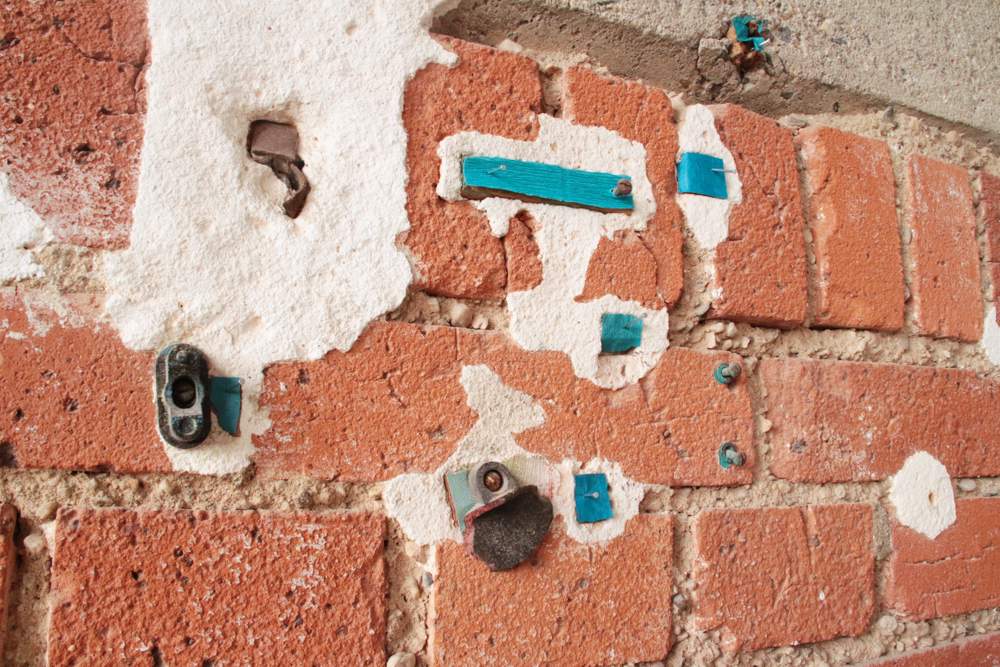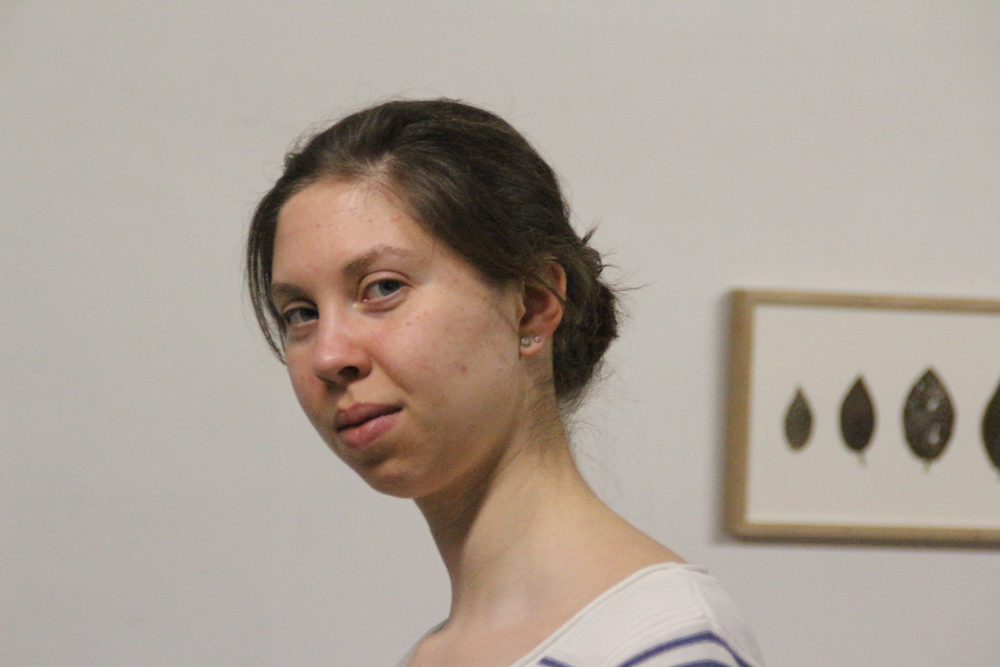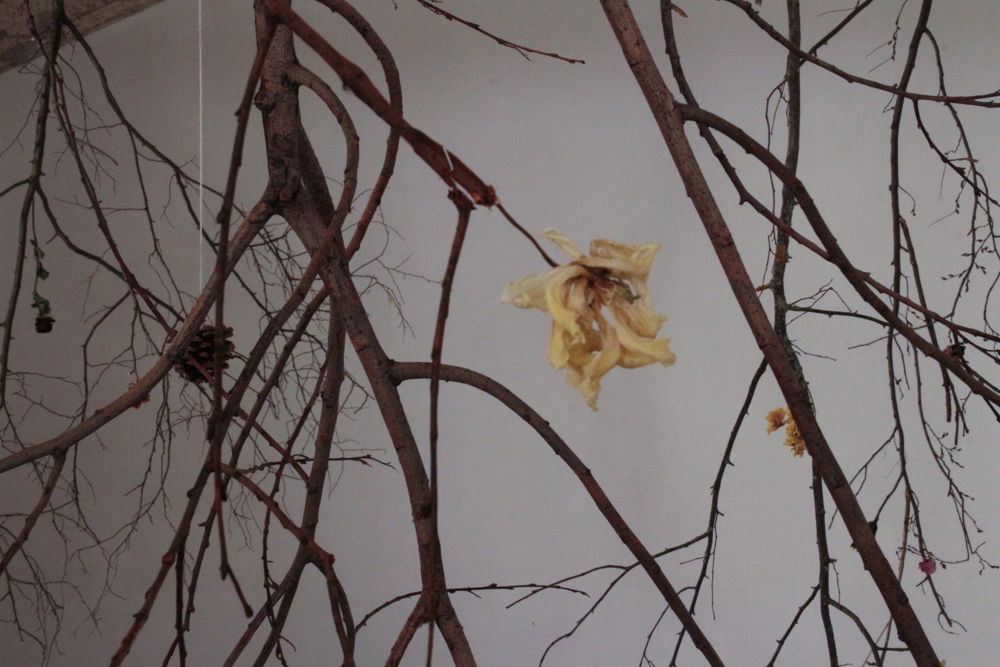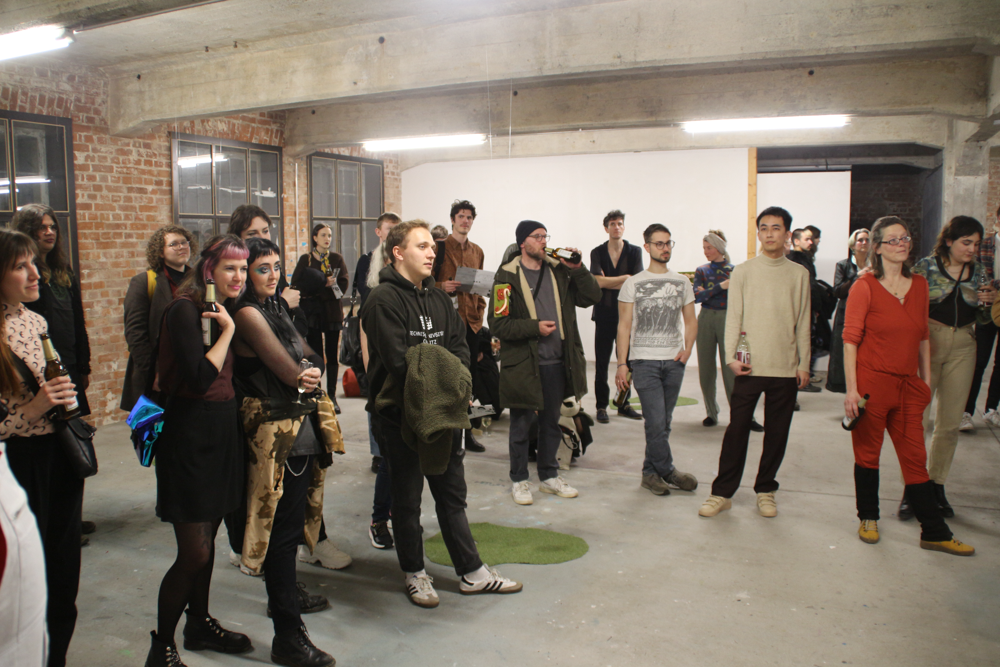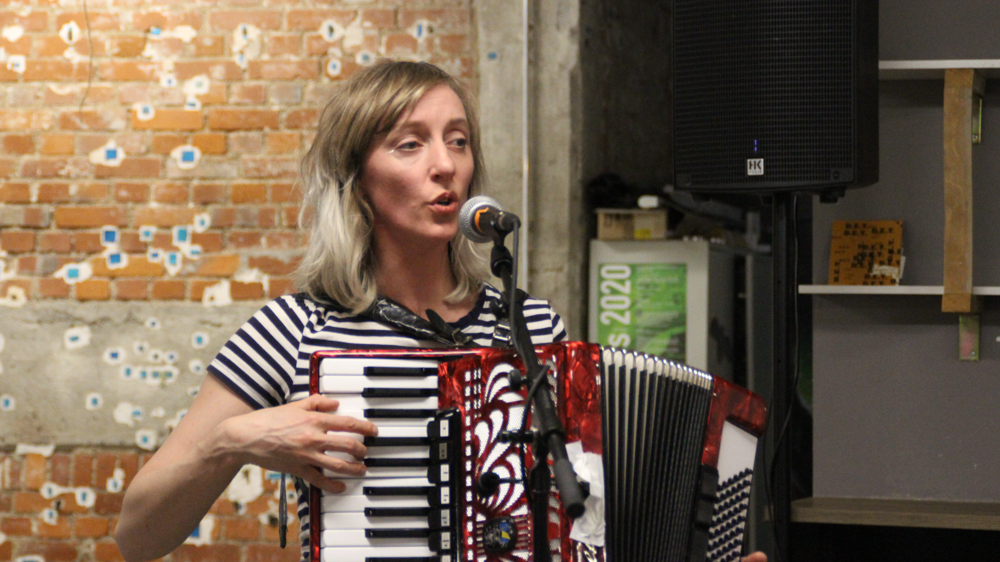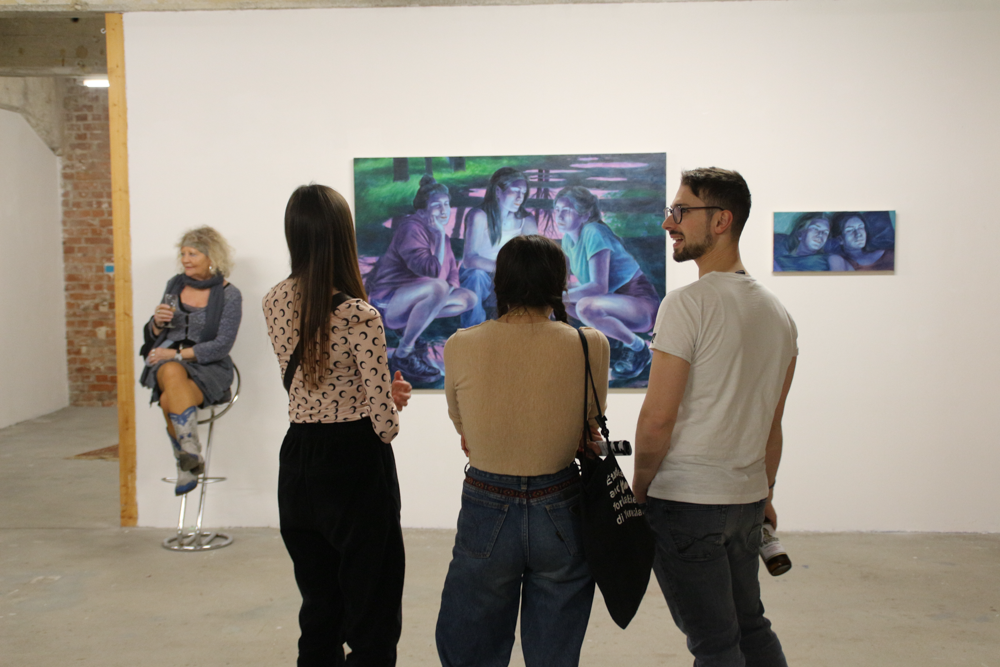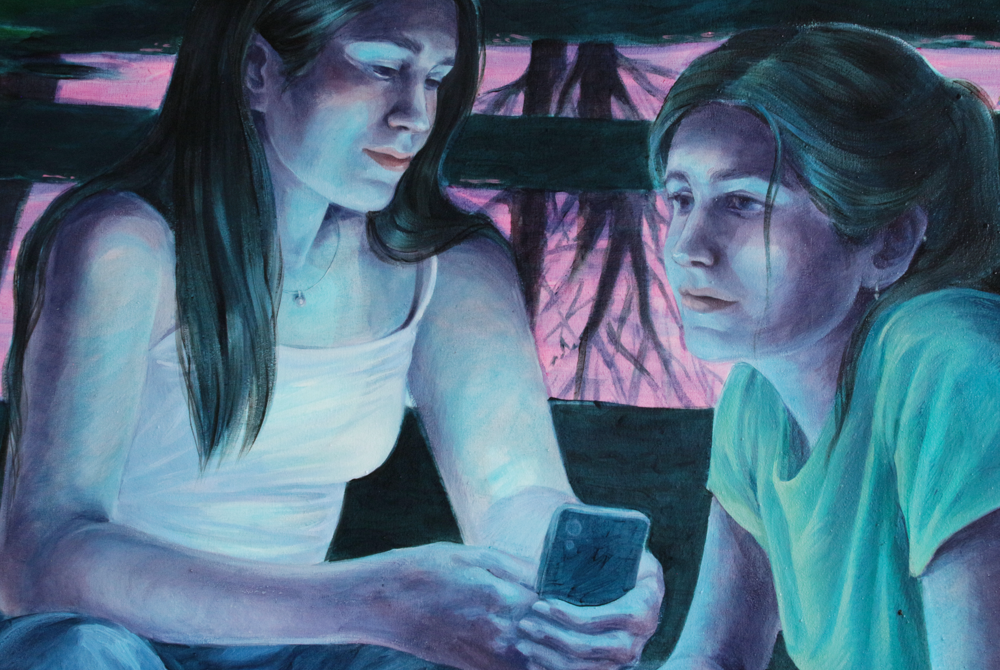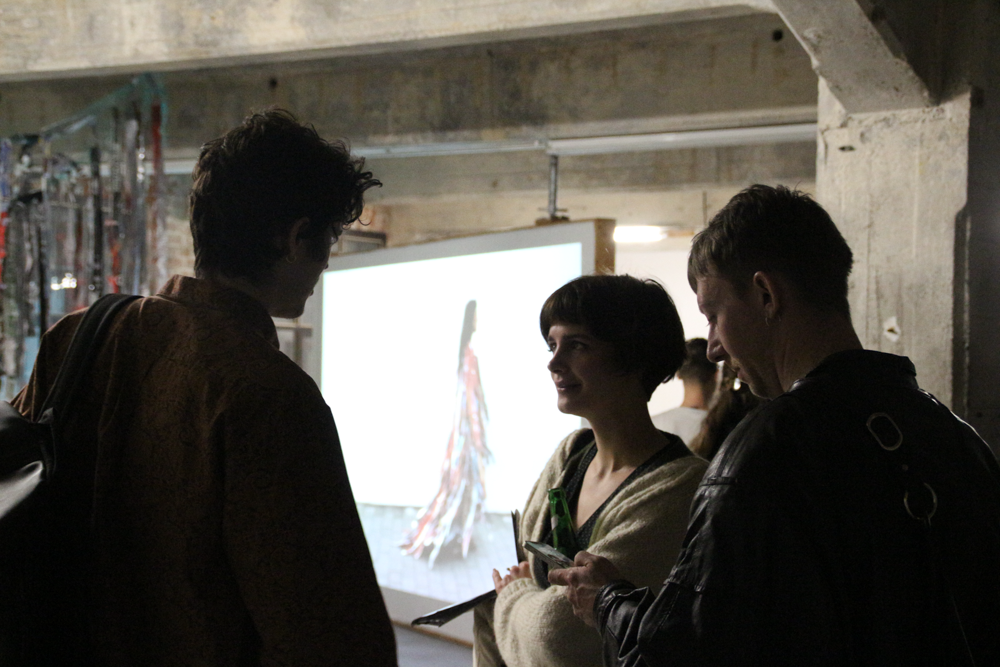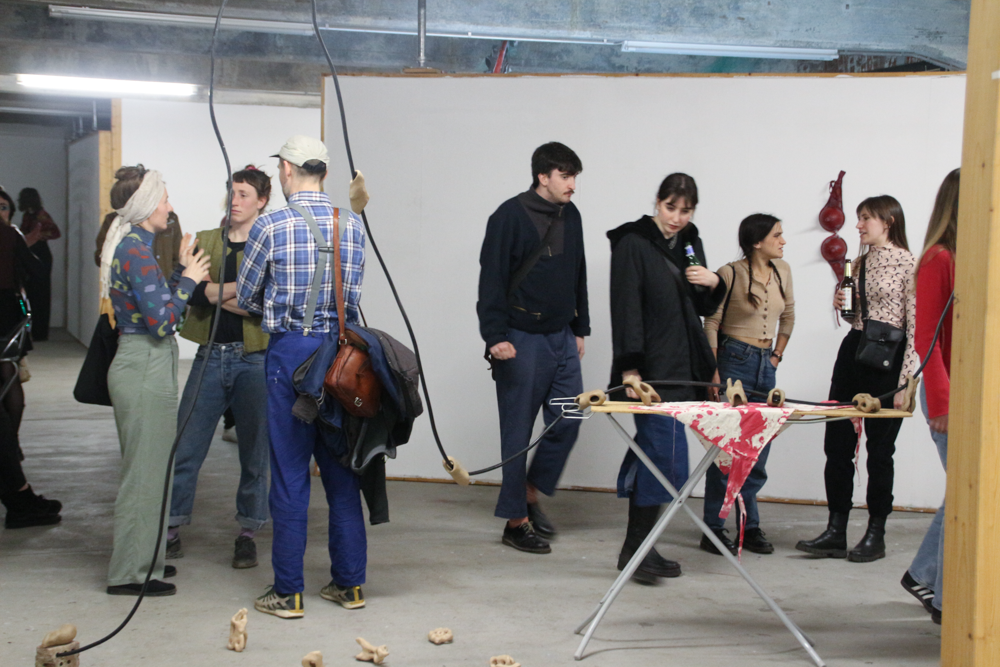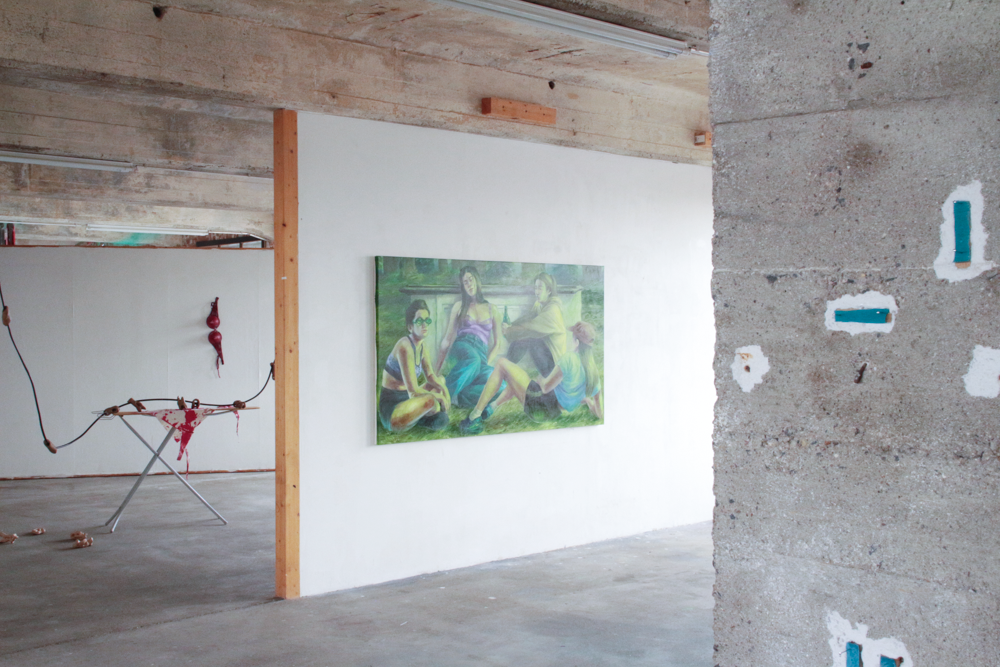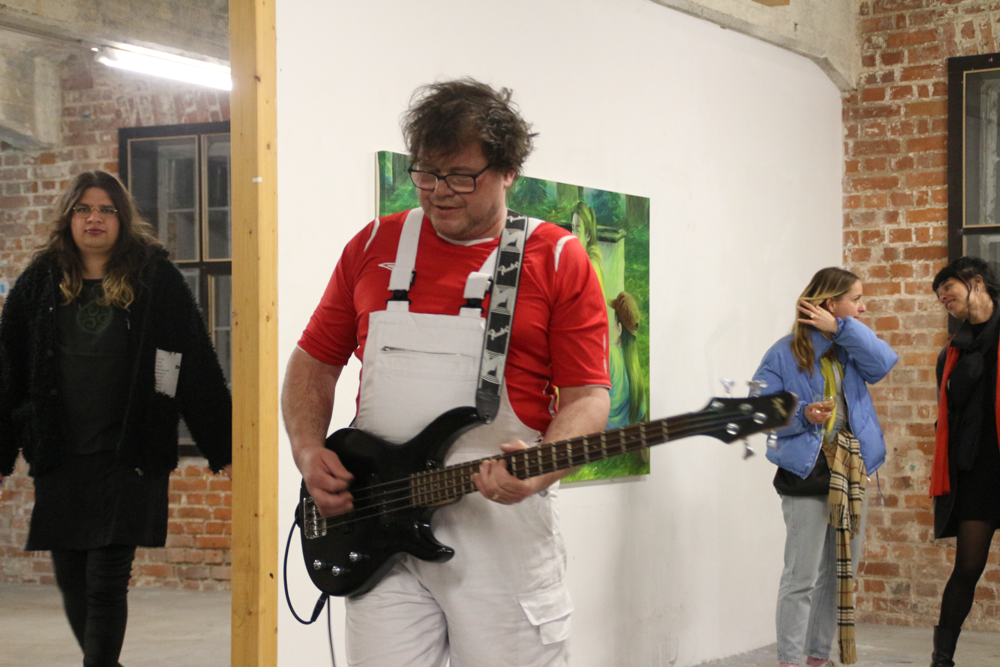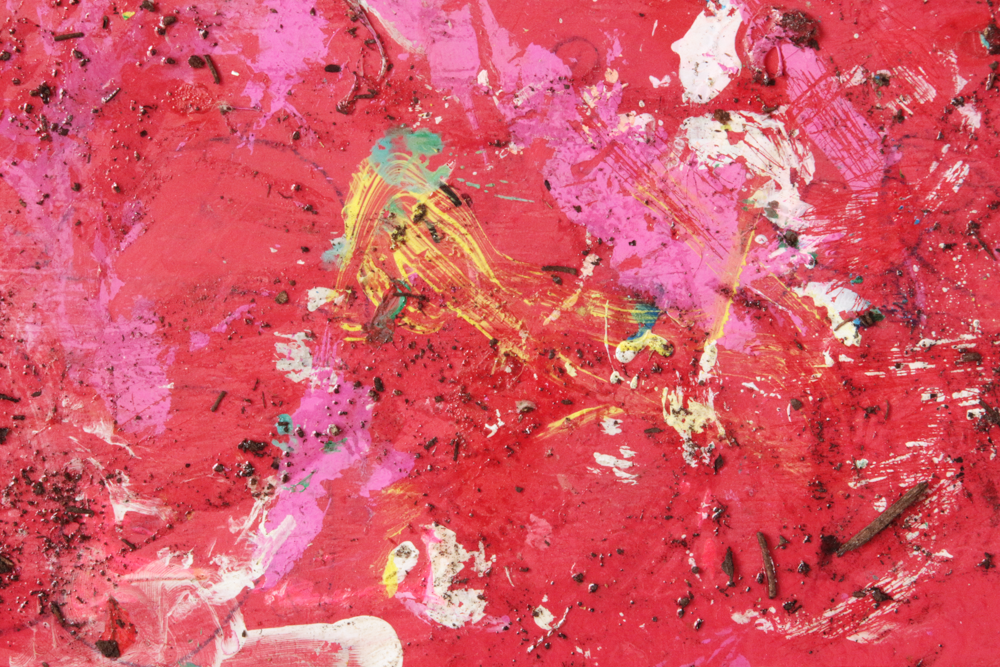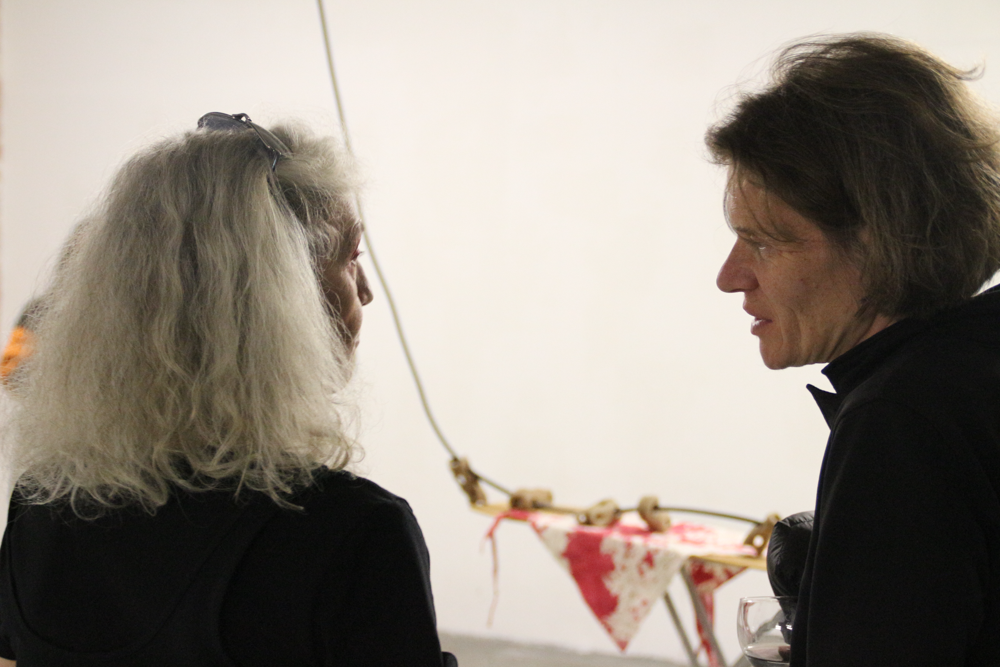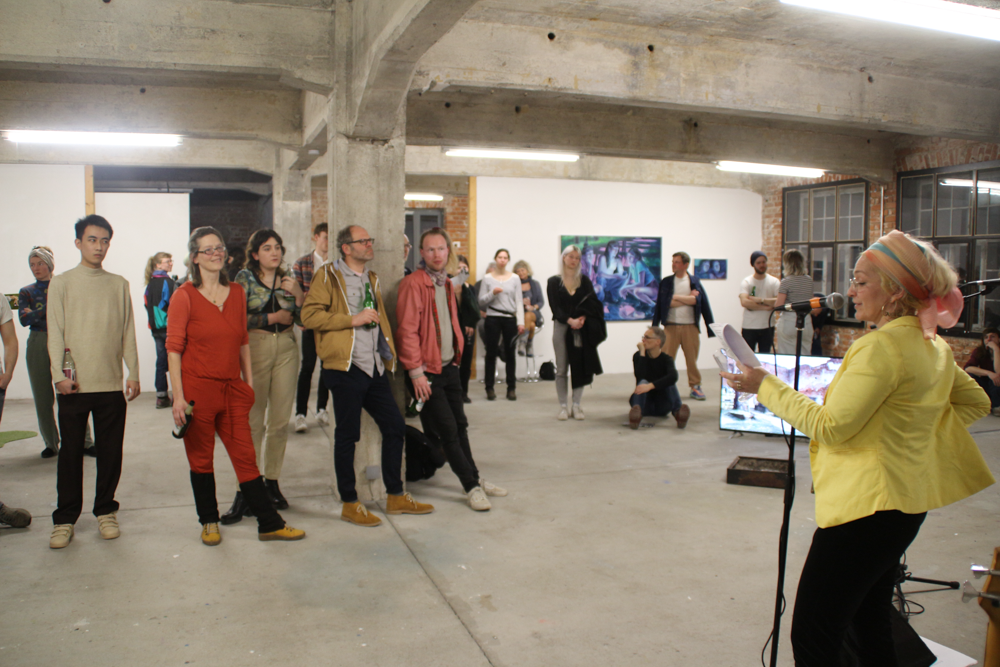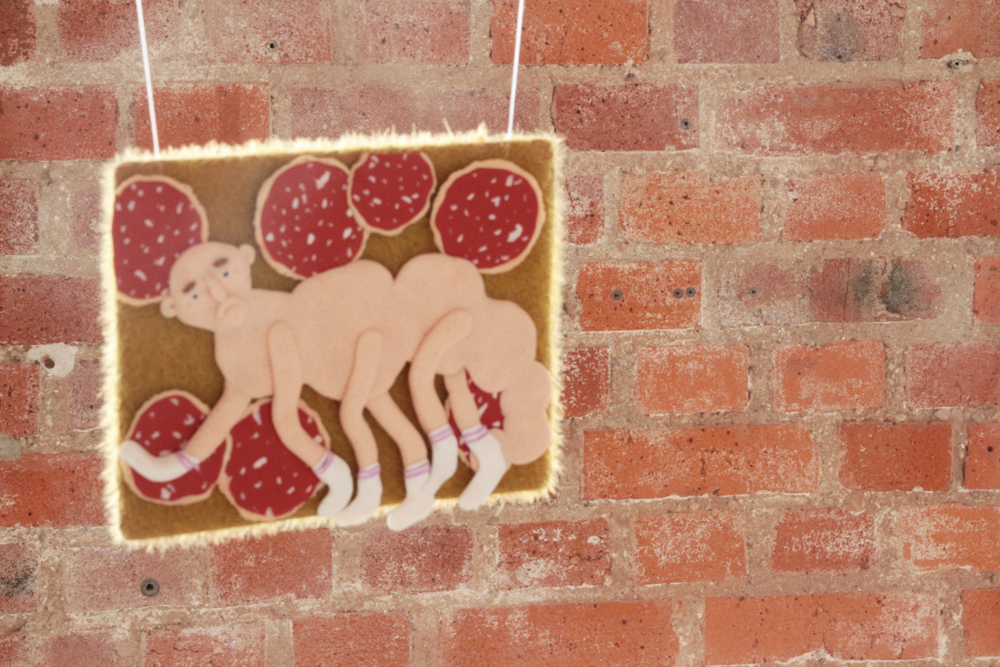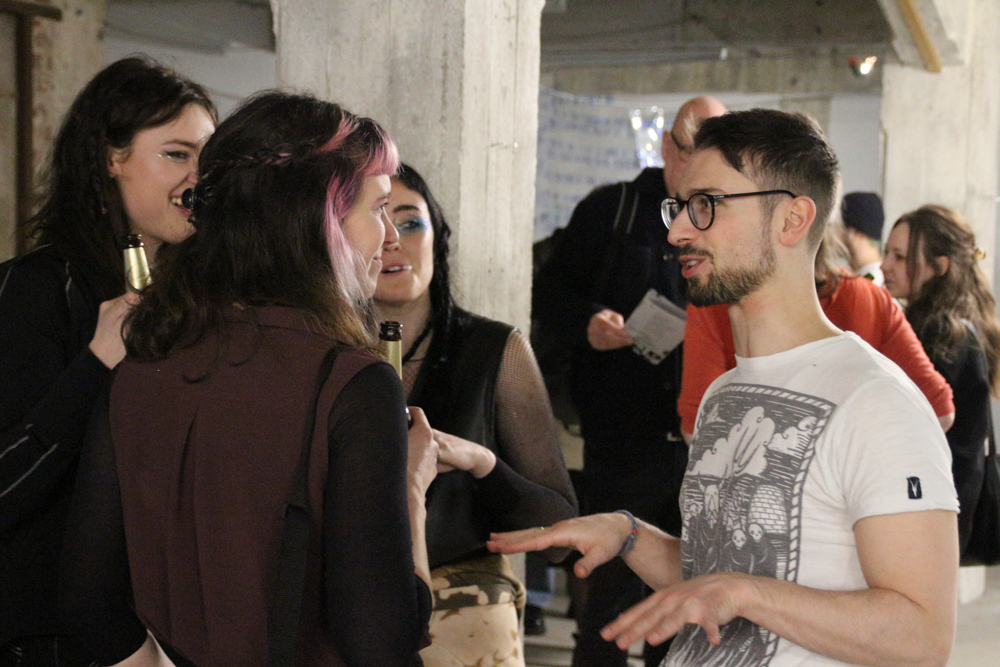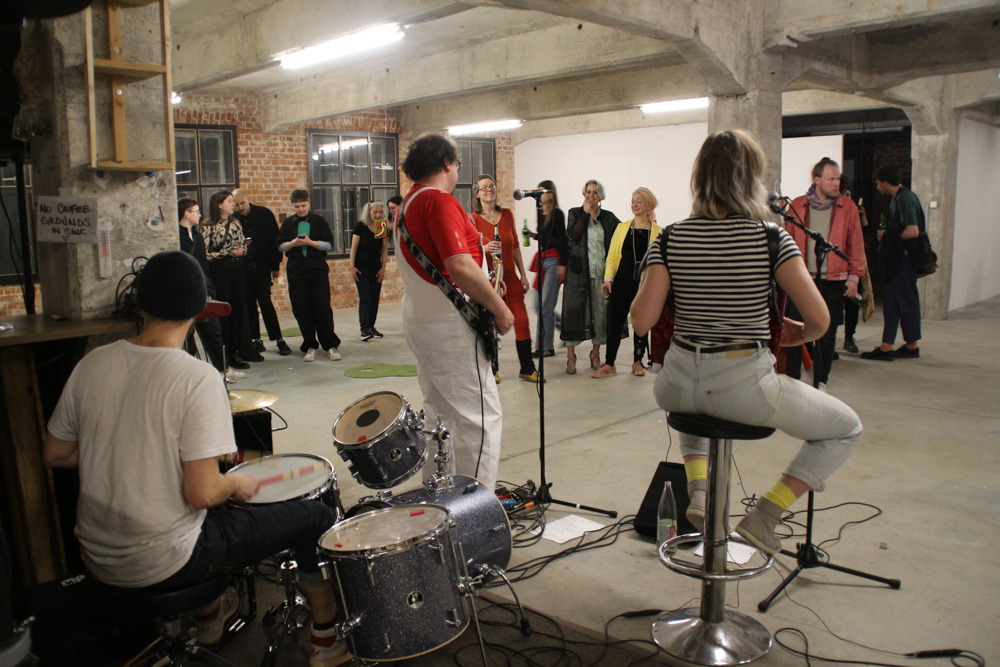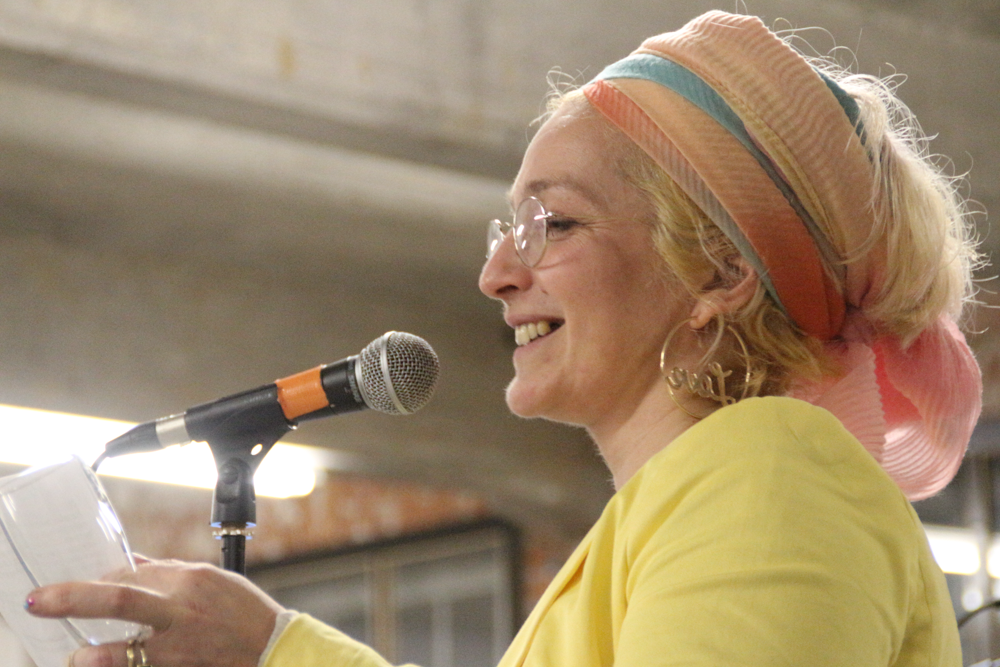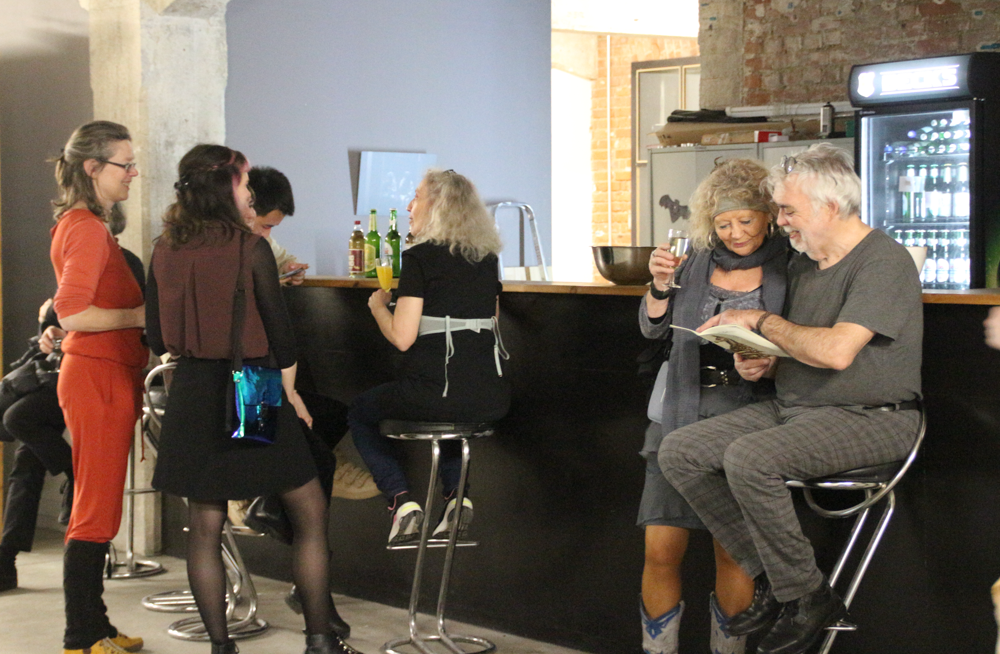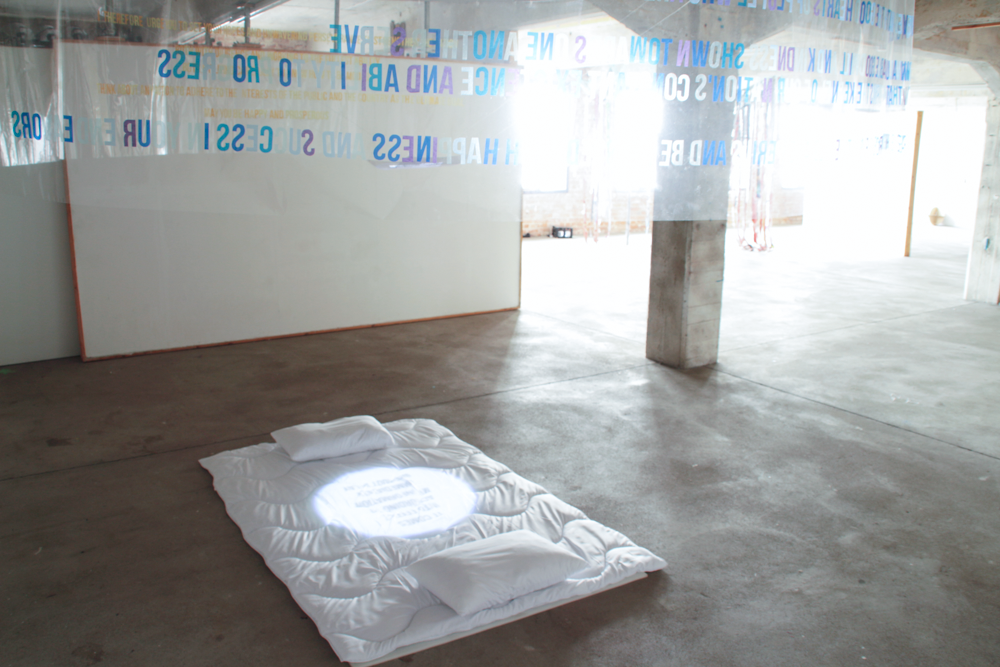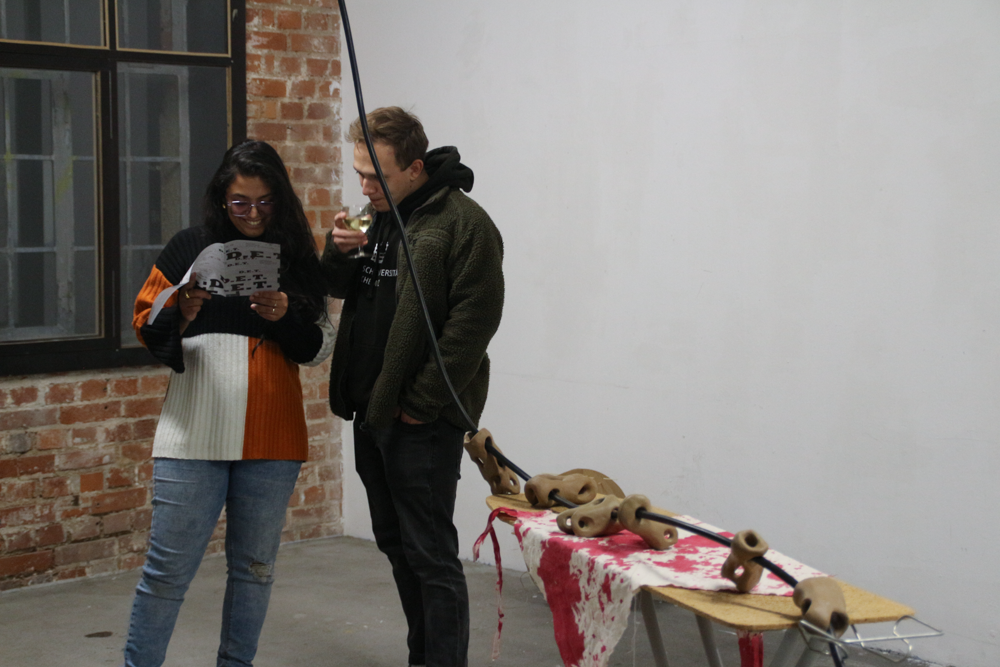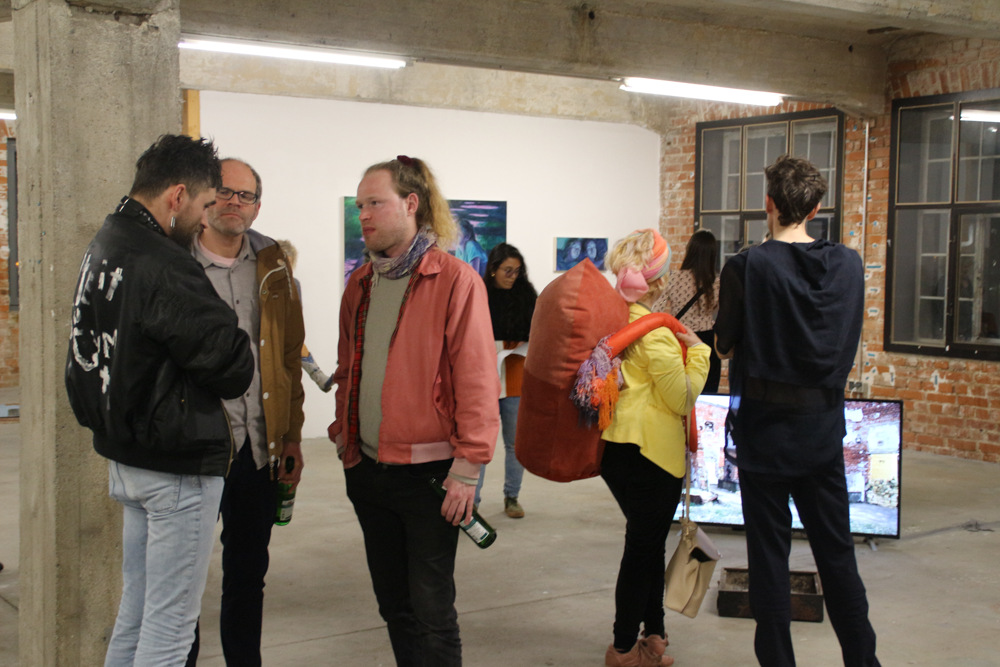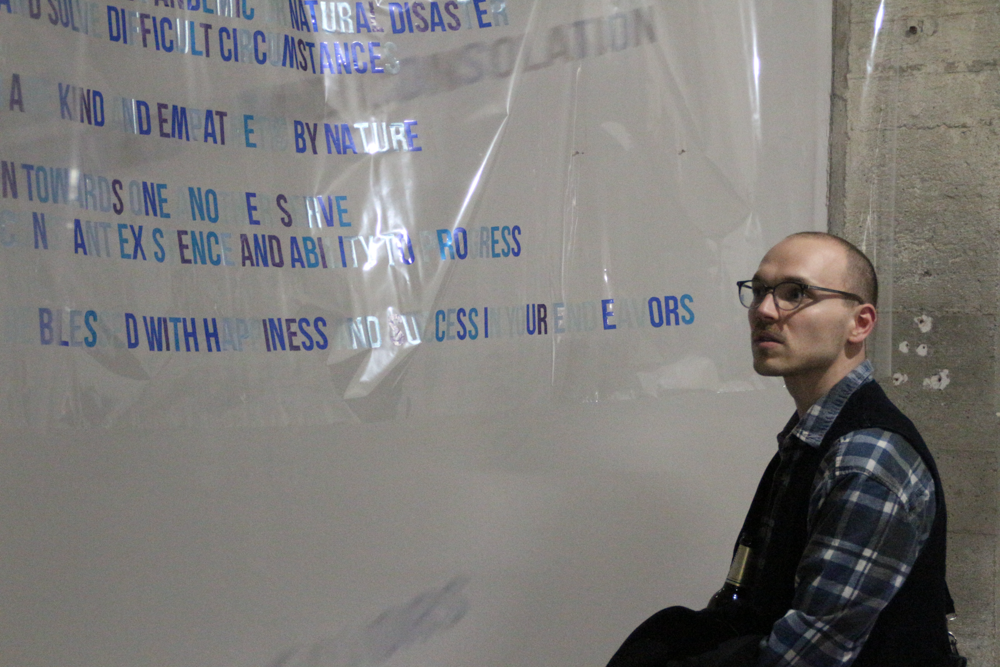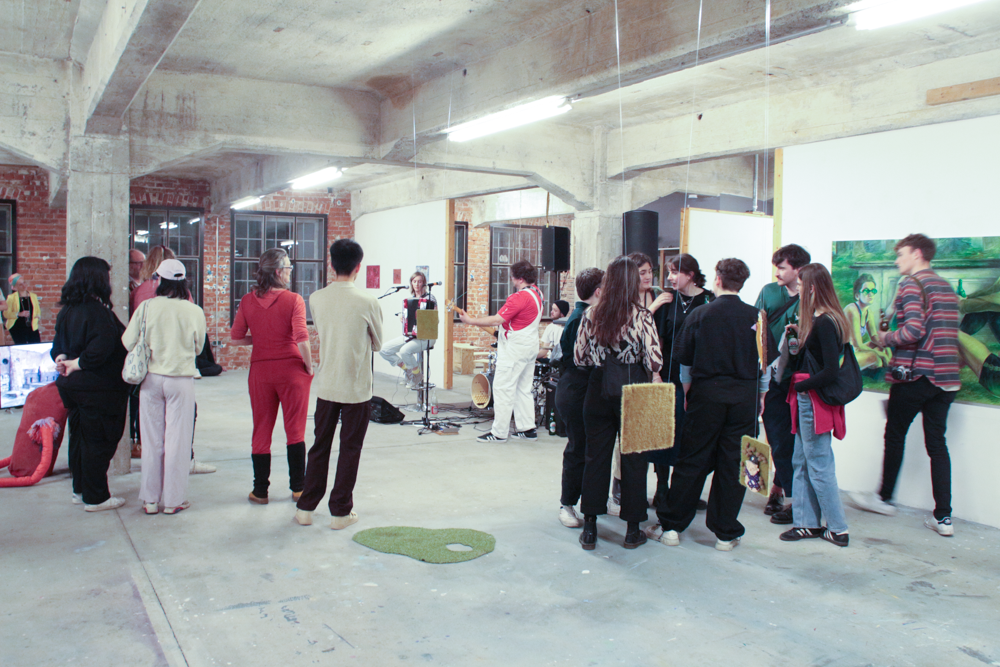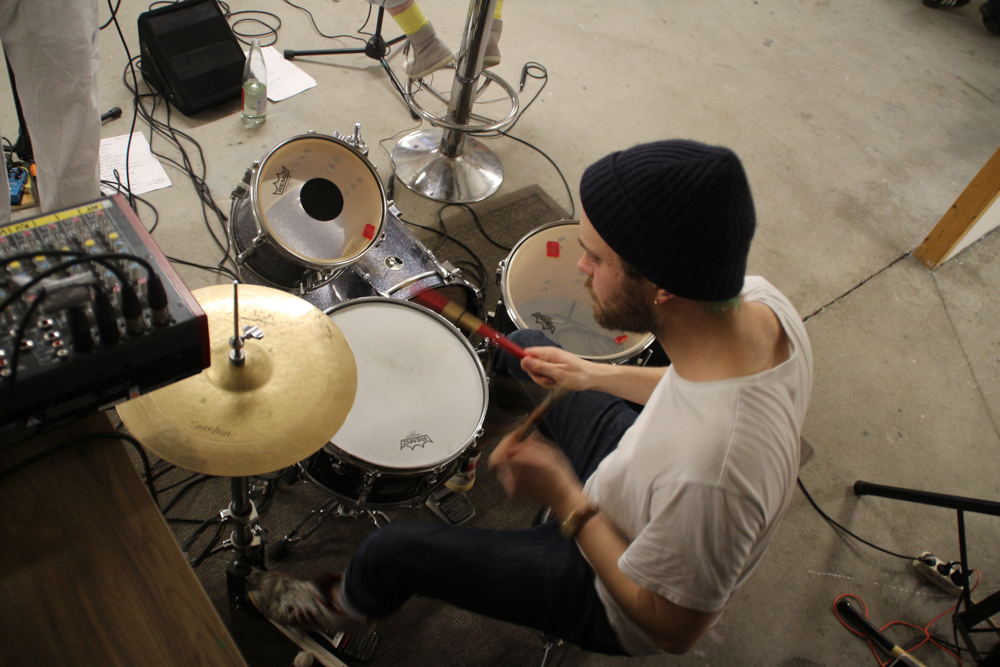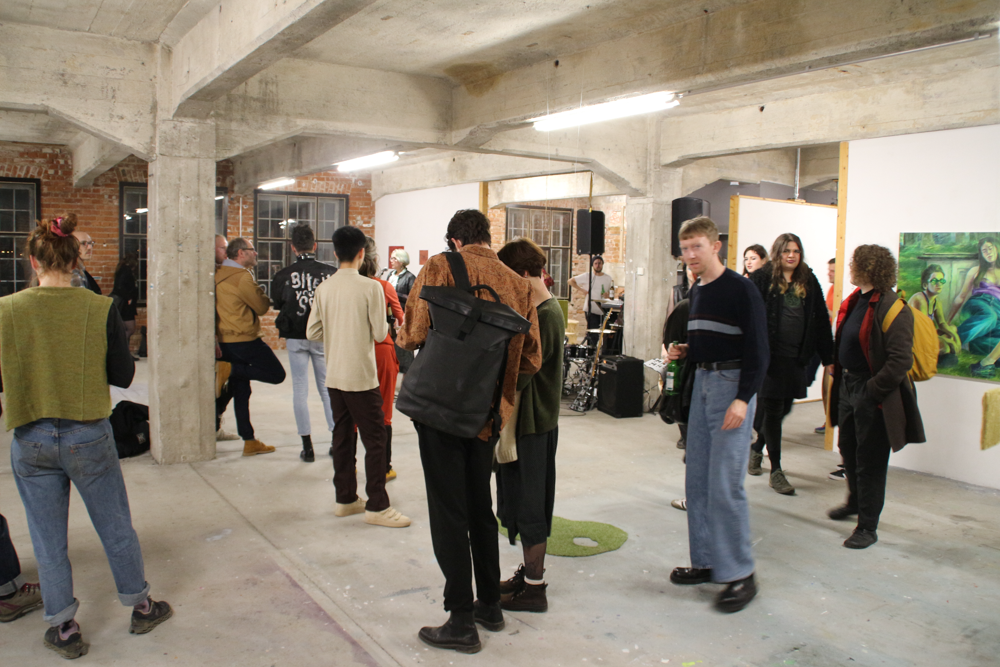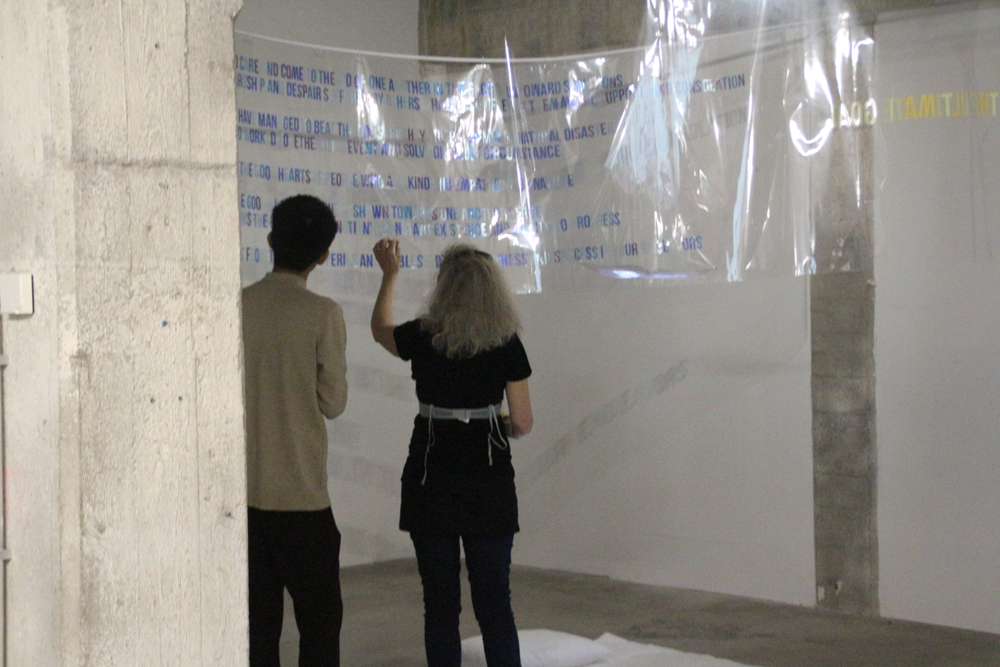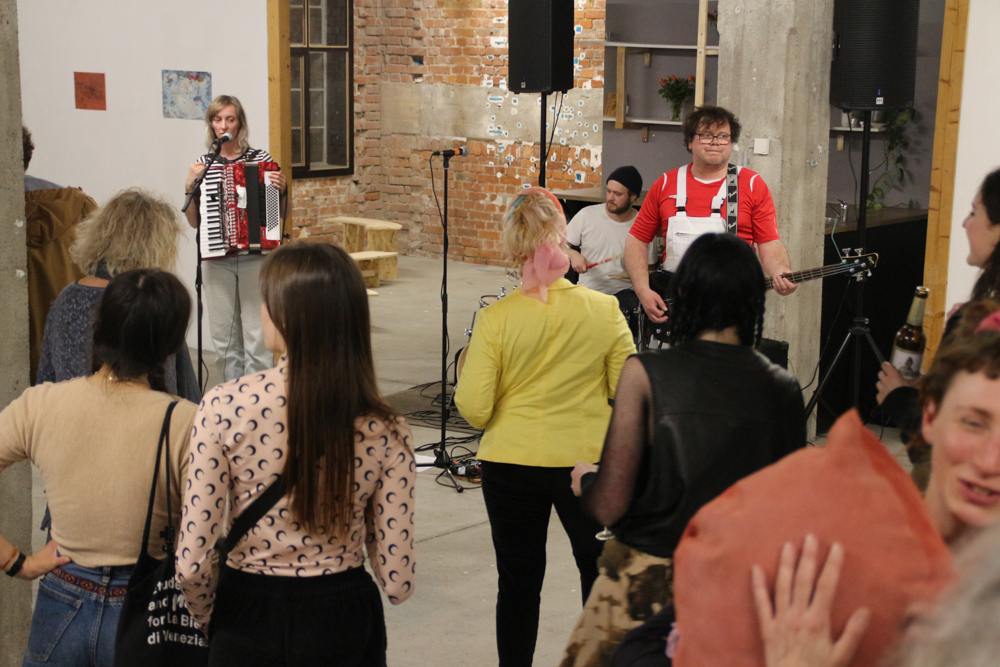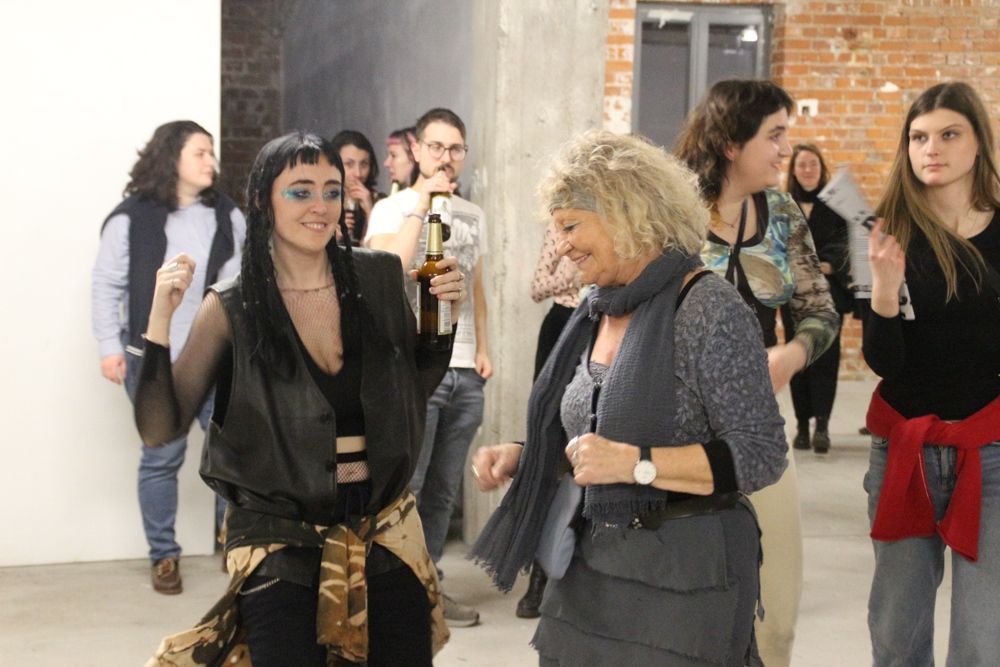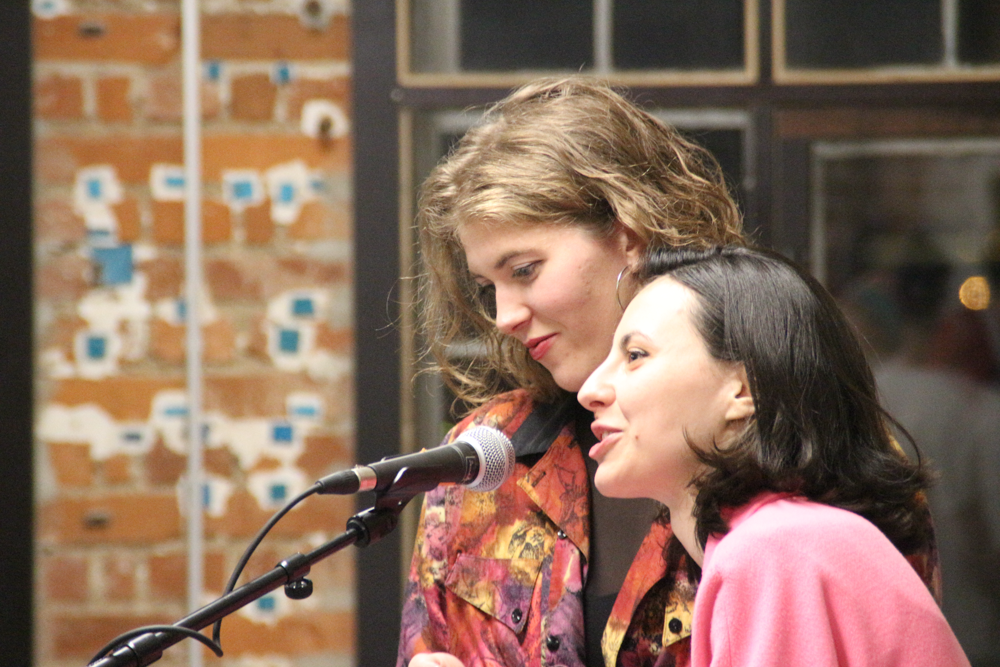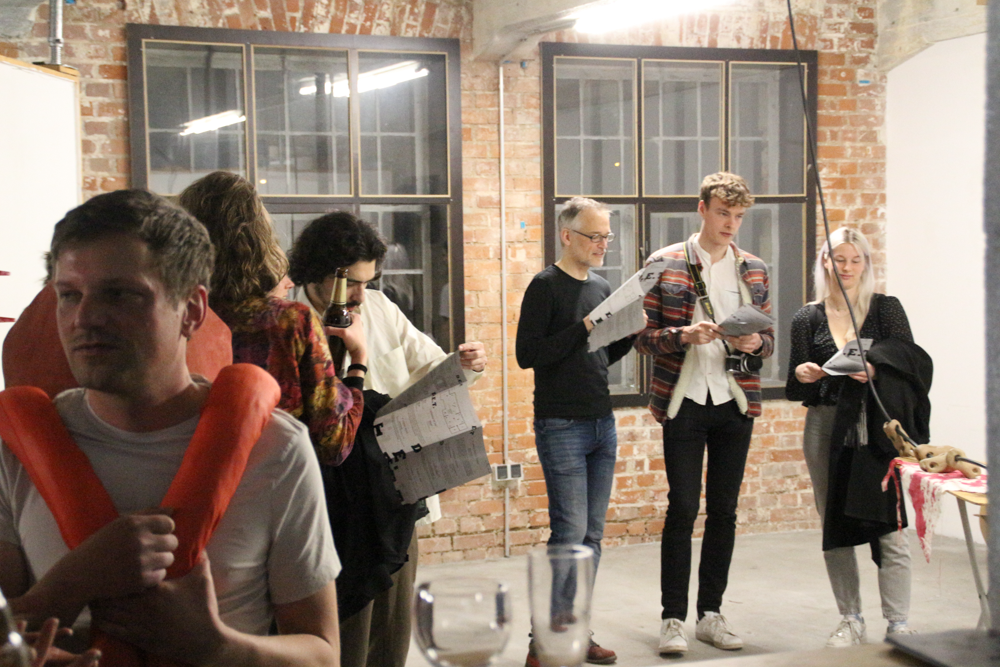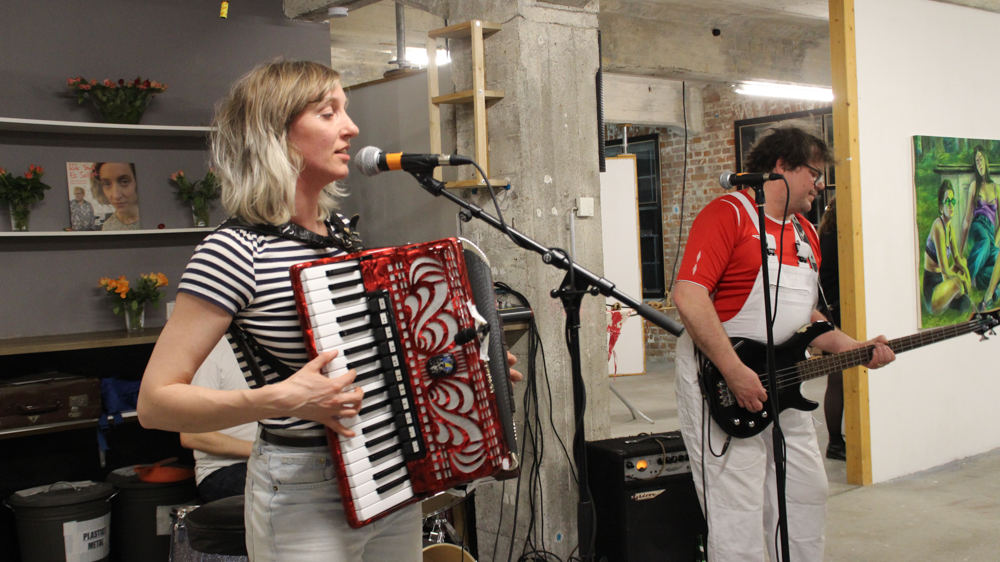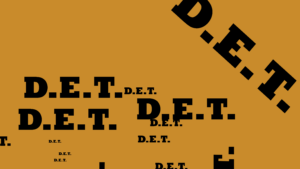Trash is that which is pushed out of a system, that which is deemed undesirable and destined to fall into oblivion. Transcending materiality, trash becomes the culmination of a collective process that decides when something becomes devoid of value and meaning. The frenetic and globalized rhythm we live in renders dynamics that accelerate the creation of waste, tangible or conceptual. Under such rampant structures, the pace of obsolescence becomes imminent and systematic in practically every aspect of life, the art scene being no exception. D.E.T. intends to reflect on the ambiguous category of trash and explore the creative potential within it. Instead of understanding it as an accumulation of unusable matter and ideas, artistic practice has the ability to upcycle what is left in the margins and engage in a restorative process that creates new meanings.
art’s role in the process of vital renewal
In this process of vital renewal, art becomes the remedy to combat social passivity and intellectual decadence. By summoning ten artists from different backgrounds and their rejuvenating creative energy, D.E.T. provides a safe space to find shared commonalities and authentic artistic visions. Addressing questions that apply to a wide variety of contemporary realities, this exhibition fosters reflections that subvert compartmentalized views and boxed expectations. Similarly, they consciously examine collective meanings that have been disregarded or unseen, and restore their universal relevance.
With their lighter and playful character, but also in ambivalent and curious way, the works take us gently by the hand and encourage us to reconnect – maybe just for a while – with the deeper layers of our vulnerability and hear what the recalled emotions, feelings or associations are telling us. Is there something stuck in our inner systems or something we forgot was there that needs to be rethought or put back into place?
Curators Ralitsa Benkova and Julia Polo
images by PILOTENKUECHE
D.E.T. is short for Decadent Expensive Trash
What is the most precious to us? Do we dare consider it as something of value? How do we deal with underlying market mechanisms? Is art a social practise, or in the end only bread and circus?
Marja Vink provides the first hint. She discovered that the rainbow flag originally had eight colors, instead of the seven we use today. Each color has a meaning: pink for sexuality, red for life, orange for healing, yellow for sunlight, green for nature, blue for serenity and purple for spirit.
But when it was first created in 1978 by Gilbert Baker, Lynn Segerblom and James McNamarait there was a color between green and blue: turquoise, standing for art and magic. Somehow this got lost, but Marja brought it back to our space. Highlighting how this specific room has been repaired, her work stands for the creative magical activity of respecting a place and the time one experiences it in.
showing respect
Respect is also what Carmine Santos Posca’s work creates. She shows us the non toxic photosensitive capacities of plants. It took us humans millions of years to figure it out, but plants knew how to do it all the time. On top of that, we still pollute our environment with photosensitive chemicals. One of the most intriguing characteristics of plant based photography is they over-write themselves when exposed to the sun light. We too can become more sensitive to the time we share right here and now.
Alicia Quigley cherishes time in another way. She loves urbania with all of its advertisements for precious unique shared moments, like concerts or public events. Her material is found posters which she collects once they are outdated. They vanish from the streets, but reconfigure in her installations, leaving traces of the joyful moments. She creates a time- lapsed urban metaphor and uses it as her canvas.
stretching canvas
Another type of canvas is created by Bryan Foong in his “magic mountains“ series. He works on cutting boards and lets remnants of what he found here and specifically in his studio paint a beautiful minimalist painting in conversation with painters like Cy Twombly or Francis Bacon.
The only real and true painter in this round is Barbara De Vivi. Her paintings highlight the priceless days of the teenage years. We all remember the long afternoons and the endless time, while we were waiting for the future to come. Duane Elgin, the American author comes to mind, when he stated in his book Voluntary Simplicity that human kind is now in its teenage stage.
Humankind and human rights are in the focus of Susanne Kompast. She reminds us that world wide, women rights are still not considered human rights. Despite a history of thousands of years of humiliation and fight, we have only scratched the surface.
the struggle is real
Humiliation and fight is a downer. We need to combat that with care. Anna Herbert’s work is a much needed remedy if you dare to engage it. Go close. Take a deep breath and observe your feelings. They are precious too, like jewels. The wish to support, to care, to hug rises in one’s chest.
images by PILOTENKUECHE
Atom Pavarit aims at the same place: the hopeful heart. He shares with us his thoughts about how to deal with feeling powerless against an overwhelming system. How can we keep from losing ourselves in a system that doesn’t align with our values. How do we navigate a landscape where the meanings of basic principles, such as social behaviour and valuing history, are the opposite of what we consider to be the truth?
Opposing meanings are also addressed in Rachel Enright Murphy‘s work. Any second now, looks at horse racing. It brings together the very physical experience of a horse with its virtual stock market values, while calling us to ask: what is happening any second now?
Any second now it will be spring! We can hang out in the gardens and meet our garden friends with Theresa Rothe ! So lets celebrate with the curatorial team Ralitsa Benkova and Julia Polo who did a great job to bring all the different strategies and thought processes together under the name umbrella of DET.
executive director, Julianne Csapo
D.E.T.
Vernissage 18 March 7-10 PM
performance by Wir Sind Es Selbst
Open Sun 19 – Wed 22 Mar 4-8 PM
PILOTENKUECHE
Franz-Flemming-Str 9
04179 Leipzig
Artists:
Atom Pavarit (TH)
Marja Vink (NL)
Alicia Quigley (IE)
Carmín Santos Posca (AR)
Susanne Kompast (AT)
Barbara De Vivi (IT)
Bryan Foong (AU)
Theresa Rothe (DE)
Anna Herbert (DE)
Rachel Murphy (IE)
Curatorial team:
Ralitsa Benkova (BG)
Julia Polo (SP)
assistants:
Sarah Boada (CO)
Marlene Neumaier (DE)

